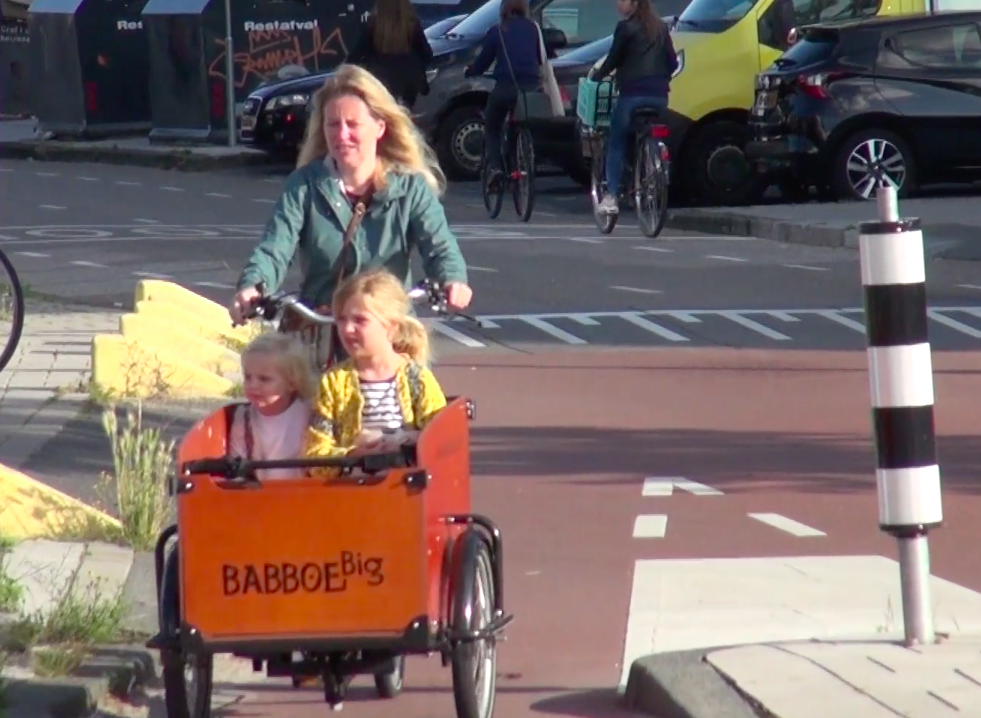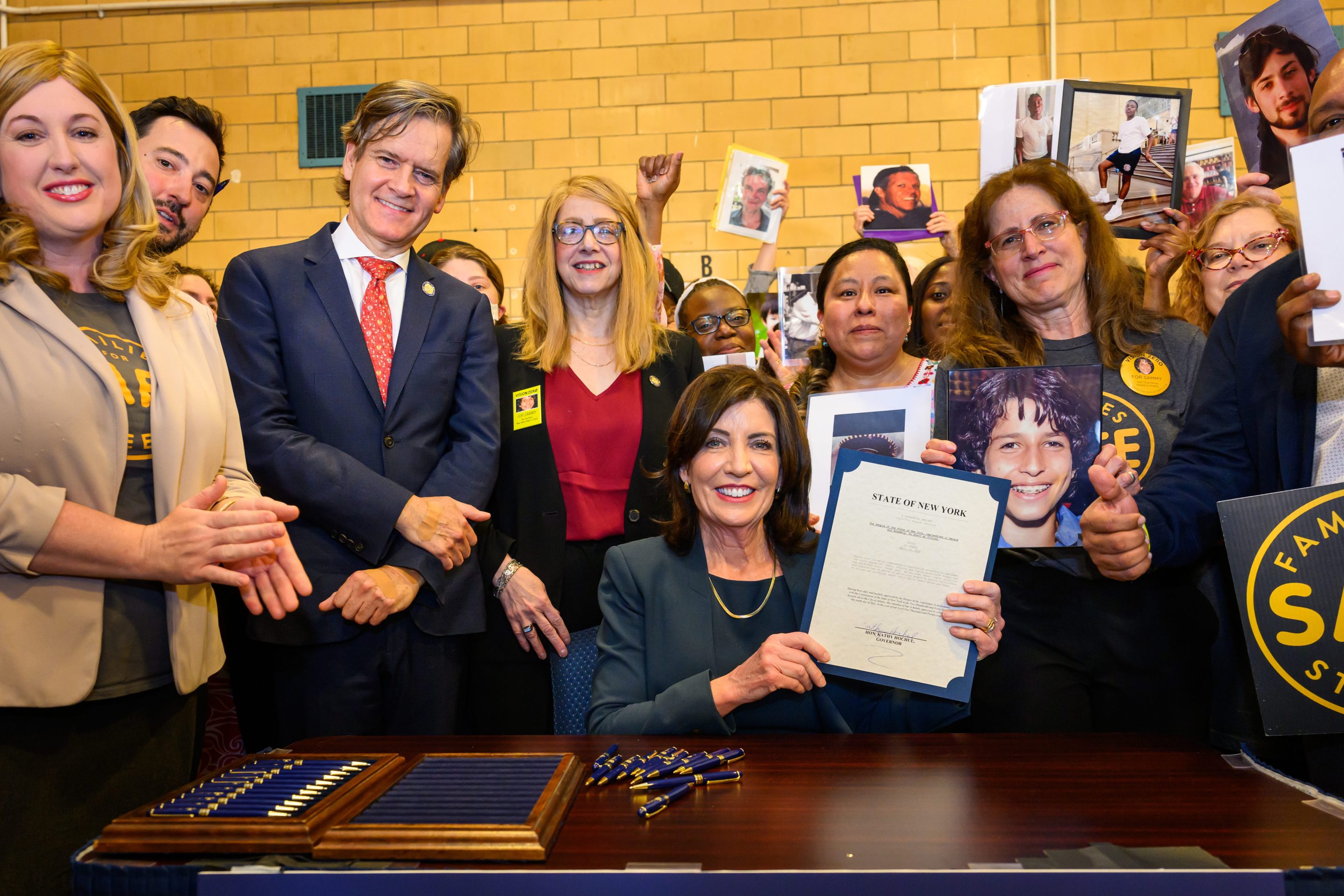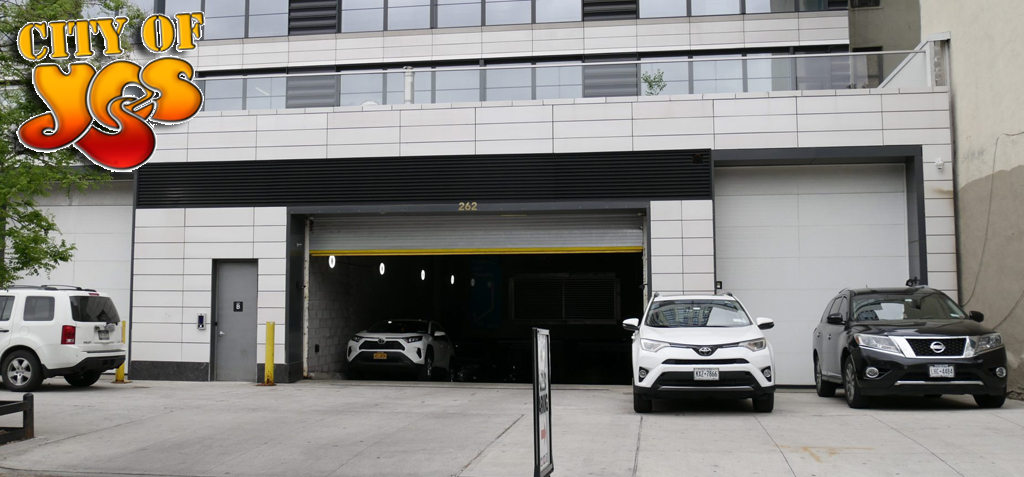Streetsblog recently wrote about how the post-COVID city stands to experience an unexpected influx of cars because people with money are abandoning transit out of fear of the disease. In particular, it looked at the choice of one well-heeled transit rider to buy a car to transport her young, Manhattan-based family. But the column was slapdash, so the main point about the coming carmaggeddon was lost.

As a low-income, outer-borough New Yorker, I think about the mobility choices of families a lot because, without means and choices, I must strategize to get around — hence my nom de guerre, Transit Ninja.
I live with my sister and a single mom in a southeastern Queens neighborhood that many people call a transit desert — but we cannot afford to drive or use any form of taxi or ride hail. I bike, but the other household members don’t have a bike and don’t know how to ride one. If we must get anywhere together, transit is our only choice.
Thankfully, all our needs during COVID-19 are within walking distance; we haven’t needed transit since quarantine. I’m hoping soon to gain the wherewithal to upgrade my bike with a trailer so that it can haul more cargo, and then I’ll be the main grocery-getter, still without transit.
If transit is a must, we’re stuck in the (presumably germ-y) trains. The best subway lines, the E and the F, are underground, and the only alternatives are the expensive LIRR or the slow Q60 bus. Both options will end up being hopelessly packed if enough people decide to avoid the subway (like they already do when a delay suddenly occurs). I don’t know where to get masks; if I have to enter a subway, I will have to wash and use one of the two scarves that we own as a family.
But let's not only focus on the options available to my family or a well-to-do Manhattan family; the “tale of two cities” perspective narrows the issue. The real questions are, what are the impediments for everyone to non-car mobility in New York? What could our leaders do to change that? And why do leaders continue to support the choices of and pay fealty to car drivers over everyone else?
To quote our friends at the Queens Bike Initiative, “New York needs to fix the original sin of racial and class inequality: inequitable access to transportation alternatives.”
I understand why some families would not want to transport their children on bikes. For one, the safe-cycling network is still extremely fragmented; COVID-19 has emptied some streets, but not others. On my neighborhood’s main drag, Farmers Boulevard, the drivers still speeding worse than ever.
Other cities are massively expanding their networks at a hasty pace using pop-up bike lanes and street closures, and New York should do the same. Even Jersey City is putting paint on the ground in a more permanent fashion. New York has no excuse, and “we’re not Oakland/Paris” doesn’t count. There are plenty of ideas in the Green Wave, Summer Streets, and Weekend Walks initiatives that the city could act upon immediately, and we have crowdsourced lists of requests for 14th Street-style busways and other traffic sewers to close.
Even now, Jersey City’s permanent network of protected bike lanes continues to grow, with construction underway again for spring. Here, workers lay down paint for the Grand Street lanes on temporarily quieter streets. #GrandStreetVision pic.twitter.com/UueCh9bGUq
— 🚲Bike JC🗽 (@bikejc) April 20, 2020
Electric cargo bikes would be a great option for many families — certainly better than a car! — but there's a huge problem: bike parking. Car drivers can literally buy whatever model they want and park it pretty much anywhere — for free (except it isn’t really free for the rest of us). But people who use bikes have to beg community boards for years to get one simple bike rack, let alone a competent storage solution. Storing cargo bikes at home is impossible; they’re too big and heavy to be hauled up and down stairs, and there’s nothing on the street to secure and shelter them from weather and theft. Many New Yorkers don’t have or cannot afford the luxury of a private garage.
Streetsblog has amply documented the city’s woefully inadequate programs to install outdoor bike racks and corrals at bodegas, supermarkets, dollar stores, restaurants, and other businesses. There are only two (yes, two) dedicated indoor, public, secure bike-parking facilities in the five boroughs and surrounding area: the Oonee Pods at Atlantic Terminal in Brooklyn and Journal Square in Jersey City.
The DOT should follow through on a 2016 initiative by helping parking suppliers like Oonee expand across the five boroughs, and include cargo bikes as part of that. It also should take parking spaces on the curb and in parking lots — especially the large, open-air lots maintained by supermarkets — to install bike racks for shopping, so that people don’t have to lock to sign posts or (only possible with a solo bike) bring it inside a bigger shop.
There is no shortage of ideas for making transportation safer and more equitable for New York families; there is a shortage of political will. Our task is to demand more.
Samuel Santaella lives in southeast Queens and volunteers for Riders Alliance and Transportation Alternatives. Follow him on Twitter at @transitninja205.





